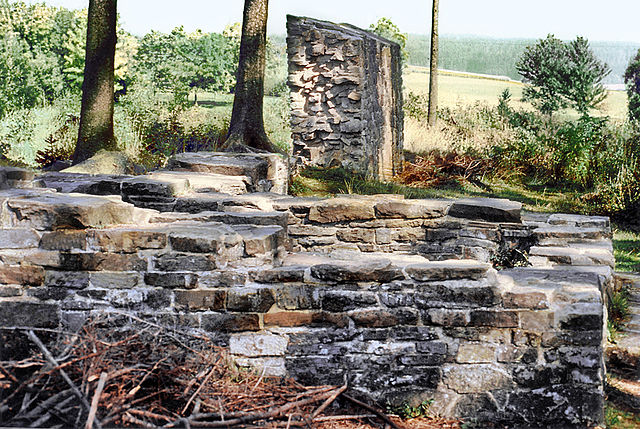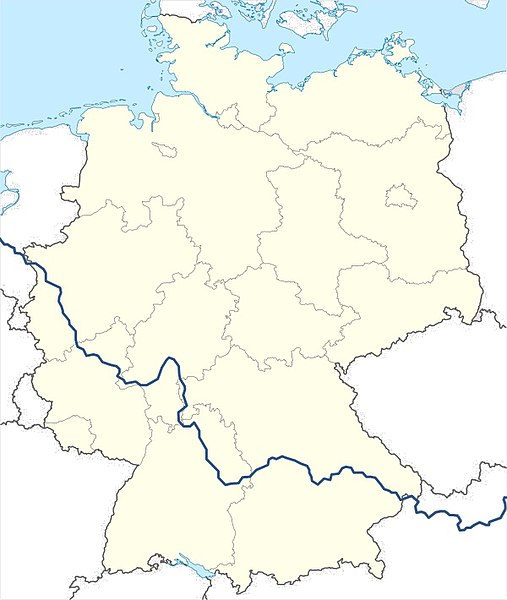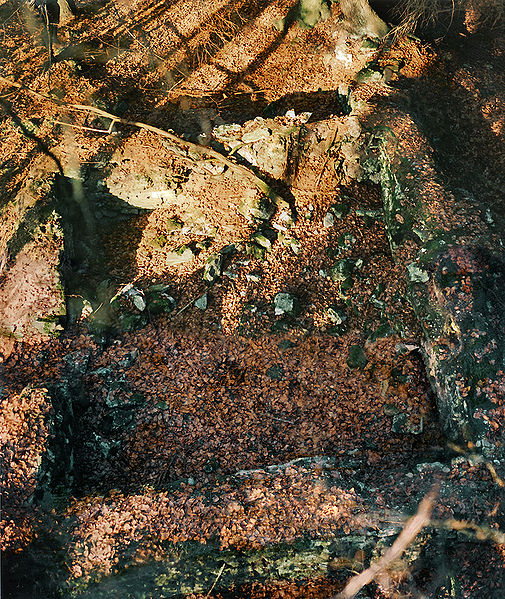The Limes Germanicus, or 'Germanic Limes', is the name given in modern times to a line of frontier fortifications that bounded the ancient Roman provinces of Germania Inferior, Germania Superior and Raetia, dividing the Roman Empire and the unsubdued Germanic tribes from the years 83 to about 260 AD. The frontier used either a natural boundary such as a river or typically an earth bank and ditch with a wooden palisade and watchtowers at intervals, and a system of linked forts was built behind them.
Reconstructed Limes near Saalburg, Germany
Reconstructed stone wall near Rainau-Buch. In the foreground: stone tower "WP 12/77"
Roman limes and modern boundaries
The tower "WP 14/55" at the Upper German-Raetian border wall
Limes is a term used primarily for the Germanic border defence or delimiting system of Ancient Rome marking the borders of the Roman Empire. The term has been extended in modern times to refer to the frontier defences in other parts of the empire, such as in the east and in Africa.
Limes Africanus under Septimius Severus (the frontier of Roman Africa (dark tan) in the late 2nd century AD: Septimius Severus expanded the Limes Tripolitanus dramatically (medium tan), even briefly holding a military presence (light tan) in the Garamantian capital Garama in 203)
Reconstructed east gate of the fort at Welzheim, Germany
Reconstructed wooden tower nearby Rainau, Germany







